Cultivating Innovation and Creativity
The educational model of transferring skills has been completely turned on its head by the speed with which innovations in information technology are being deployed, especially in the fields of robotics and artificial intelligence (AI). Combined, these two are transforming the job market with increasing pace and agility. For example, Industry 4.0, a term used to refer to this digital transformation, leverages technologies like the internet of things (IoT) and automation to create “Smart factories” that will transform almost all aspects of our lives.
This rapid paradigm shift has sent shock waves to both the job market, employees and employers, politicians and educators around the world and calls for an action plan to train ourselves, our employees, and our children to adapt to unpredictable situations and to be more creative. Instead of focusing on careers, our life-long education strategy will thus need to focus on projects that train us on how to use and interact with available resources and in particular robots and AI. This will aid us to achieve our own individual, professional goals while also adding value to businesses ranging from lean start-ups to technology giants who seek to innovate.
As a team leader at Ultrahaptics, and as an active researcher at the University of Cyprus and mentor to several students, I'm often asked what advice I'd give to recent graduates and PhD students in light of the current technological, climatic, and political uncertainties.
What should a recent graduate or young research professional facing all these do in order to ensure she survives and sees a good return in her educational and professional development investments?
The above question is nothing new. It has been addressed many times over the years and advice often comes from our educators, our peers, or our parents. While all of us mean good, the truth is that nobody really knows and we can only make educated guesses based on personal experience.
Can we do better than that?
According to the World-economic forum, for students to thrive in the emerging Industry 4.0 marketplace, they must learn to combine traditional skills (taught in classrooms) with skills in critical thinking (or problem solving), creativity (or design thinking), collaboration, emotional intelligence and cognitive flexibility (the ability to innovate). This has led to the recently embraced educational competencies also known as the “Four C's” (Creativity, Critical Thinking, Communication and Collaboration) that have long been hailed as the core skills to equip oneself when facing 21st-century challenges.
Creativity and Critical Thinking represent the fundamental ingredients for innovation. Similarly, Communication and Collaboration are critical life skills that underpin our ability to live, connect and work with one other. The “Four C's” strengthen our ability to find our place – professionally, personally, and socially – while fostering other life-enhancing C's: curiosity, confidence, caring and cooperation.
My advice is this, cultivate a good balance of C’s in your own life and in your organisation, and with a bit of motivation and strategic planning, you will find yourself heralding a breeding ground for inspirational ideas and innovation.
Innovations do not start from a desire to try something for the sake of being innovative. It is my thesis that innovations arise from the moment one realises that there is a problem and suspects that a new technology, method or system may provide an opportunity to do something better, or differently, and then trying it out. It’s a trial and error (“prototyping”) process, during which mistakes occur and students, professionals, and executives sometimes get confused and upset - you cannot expect them to get it from the word go. But with refinement and perseverance, and often some luck, some of these ideas work out well, gain support and momentum, and a useful new technique, system, or idea emerges. These ideas, which for the sake of this article I’m calling innovations, are what future employers will most likely be looking for from their workforce.
